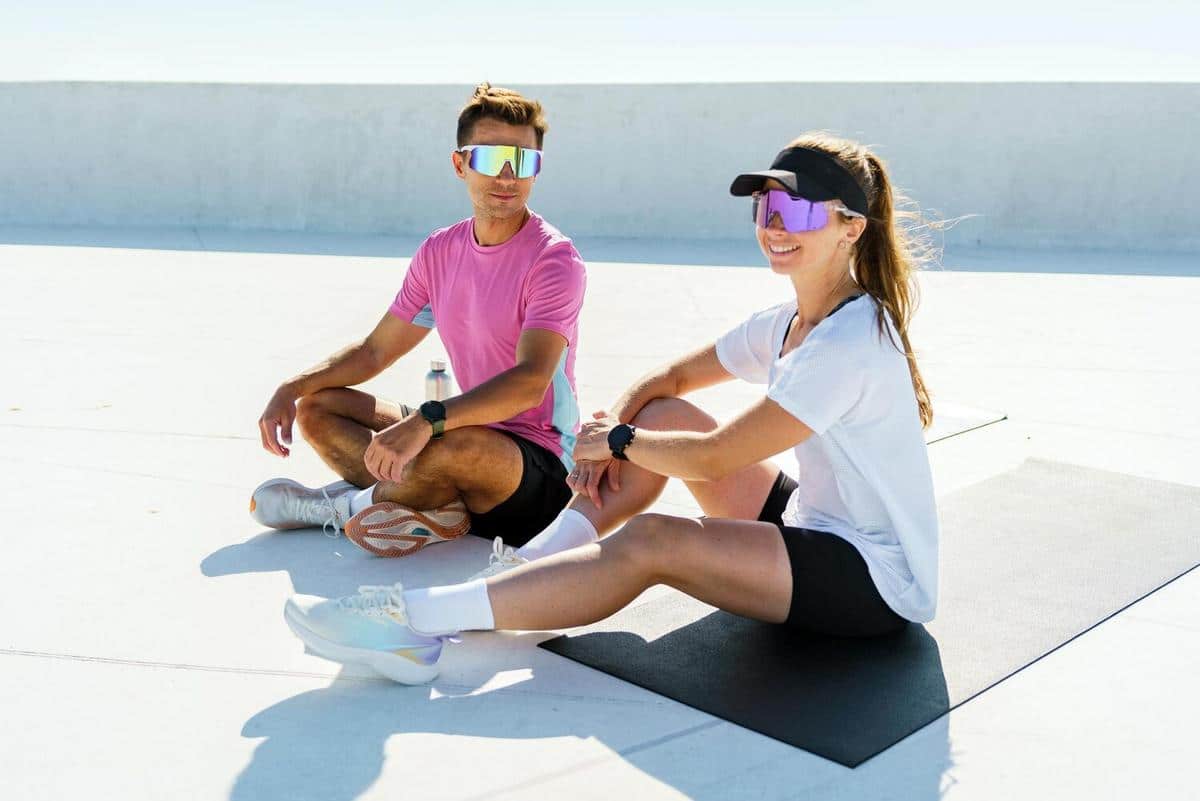
Virtual Reality: The New Training Frontier for Athletes
Virtual reality (VR) is swiftly redefining the way athletes train, offering immersive experiences that were once limited to the realm of science fiction. As this cutting-edge technology becomes more accessible, athletes across various sports are tapping into its potential to enhance performance, hone skills, and gain a competitive edge.
Virtual reality is revolutionizing training methodologies by providing athletes with realistic simulations that replicate game scenarios, allowing for focused practice without the physical strain. Not only does VR offer a safe and controlled environment, but it also enables athletes to refine techniques, build mental resilience, and analyze performance metrics with precision.
Expert Insights on VR in Sports
Dr. Michael Johnson, a sports psychologist, notes, “Virtual reality can significantly enhance an athlete’s cognitive abilities, improving decision-making under pressure.” This perspective is echoed by many in the field who see VR as a tool that bridges the gap between traditional training and modern technology.
Statistics Highlighting VR’s Impact
According to a report by Allied Market Research, the global virtual reality in sports market is projected to reach $9.3 billion by 2026, reflecting the growing adoption of VR technology in athletic training.
Real-Life Applications
A recent example is the use of VR by elite football teams to simulate match conditions. Players can relive past games, analyze their movements, and make strategic adjustments without the physical demands of a full match.
Actionable Tips for Integrating VR
- Start with basic simulations to acclimate to the virtual environment.
- Use VR to practice situational drills specific to your sport.
- Analyze performance data provided by VR systems to identify areas for improvement.
Table: Comparison of Traditional vs. VR Training
| Aspect | Traditional Training | VR Training |
|---|---|---|
| Environment | Real-world, physical | Simulated, virtual |
| Scenarios | Limited, controlled | Varied, customizable |
| Feedback | Delayed, subjective | Instant, data-driven |
| Risk of Injury | Moderate to high | Low |
| Cost | Varies | High initial, lower ongoing |
| Accessibility | Geographically limited | Global access |
| Adaptability | Fixed routines | Dynamic, adaptable |
| Learning Curve | Gradual | Steep initially |
Frequently Asked Questions
How does VR improve mental toughness?
VR allows athletes to repeatedly experience high-pressure situations, helping them develop better stress management techniques.
Can VR replace traditional training?
While VR is a powerful supplement, it is most effective when combined with traditional physical training.
As the technology continues to evolve, virtual reality holds the promise of transforming athletic training by providing unique insights and opportunities for growth. By integrating VR into training programs, athletes can push the boundaries of their performance and achieve new heights. Embracing this innovative approach could be the key to staying ahead in the competitive world of sports.